
The success of the Program not only helps change the lives of ethnic minority and mountainous people, but also gradually brings these disadvantaged areas up to speed with the development of the Capital.
Hanoi Moi Newspaper introduces to readers a series of articles: "5 years of implementing Resolution No. 88/2019/QH14 of the National Assembly : Changing ethnic minority areas in the Capital".
Lesson 1: People's lives are becoming more and more prosperous and comfortable.
Hanoi is the leading locality in the country to implement the Program. Over the past 5 years, with the attention of the city authorities at all levels and the participation of localities, many villages and hamlets have been given new vitality, and the lives of ethnic minority and mountainous people have become more and more prosperous.
From major policies, specific policies…
Hanoi has over 107,000 ethnic minorities from 50/53 ethnic groups, accounting for 1.3% of the city's population. Ethnic minorities live together with Kinh people in all 30/30 districts, towns and cities. Of which, Muong people account for 57.71%, Tay people 17.81%, Thai people 6.61%, Nung people 5.85%, Dao people 4.32%, the rest are other ethnic minorities.
Ethnic minorities live in communities in 13 communes and 1 village (Dong Ke village, Tran Phu commune, Chuong My district) of 5 districts: Ba Vi, Thach That, Quoc Oai, My Duc, Chuong My, with over 55,000 people, accounting for 51% of the city's ethnic minorities. The city's ethnic minority area has an important strategic position in terms of national defense and security, with many potentials and advantages for socio -economic development, eco-tourism, and community tourism.
Over the years, ethnic affairs have always been a fundamental, long-term, urgent strategic issue, a task of the entire Party, the entire people and the entire political system. Therefore, many major policies on socio-economic development in ethnic minority and mountainous areas have been issued by our Party and State, including Resolution No. 88/2019/QH14 dated November 18, 2019 of the National Assembly on approving the "Overall project on socio-economic development in ethnic minority and mountainous areas for the period 2021 - 2030".

Along with Resolution No. 88/2019/QH14 to be implemented from 2021, the National Assembly issued Resolution No. 120/2020/QH14 approving the investment policy of the Program. Accordingly, the implementation period of the Program is 10 years and is divided into 2 phases. Phase I is from 2021 to 2025; Phase II is from 2026 to 2030.
Based on the 10 projects stated in Resolution 88/2019/QH14 and the characteristics of the situation in ethnic minority and mountainous areas of the capital, Plan 253/KH-UBND dated November 11, 2021 of the Hanoi People's Committee has proposed 9 implementation contents to comprehensively develop the socio-economy of ethnic minority and mountainous areas of the capital in the period of 2021-2030.
One of the important goals set out in Plan 253/KH-UBND is to comprehensively and sustainably develop the socio-economic, defense and security of the capital's ethnic minority and mountainous areas. The plan emphasizes the need to promote the potential and advantages of the region and the spirit of self-reliance of ethnic minorities, gradually narrowing and eventually eliminating the gap in living standards and income between ethnic minority and mountainous areas and the rural areas on the outskirts of Hanoi.
According to the actual records of the Hanoi Moi Newspaper reporter, in the 5 years of implementation, the Program has contributed to changing the face of all aspects of economic, social, cultural life... in the ethnic minority and mountainous areas of the Capital. In particular, content 4 of Plan 253/KH-UBND on "Investing in essential infrastructure, serving production and life in ethnic minority and mountainous areas" is one of the contents that has the most impact on the life of ethnic minority and mountainous areas of the 5 districts.
The technical and social infrastructure systems are invested in new construction, renovation, and synchronous and modern upgrade, especially the rural traffic system, irrigation works, schools, medical stations, electricity, cultural institutions, etc., meeting the requirements of socio-economic development in both the short and long term.
…to bright spots in economic development

Minh Quang is a mountainous commune of Ba Vi district, located 30km from the district center and about 70km from the center of Hanoi. At one point, the poverty rate in this mountainous ethnic commune was very high, even on average 1 in 10 families had 1 poor household. However, now, Minh Quang has become a bright spot in socio-economic development when it received the Certificate of recognition of a commune meeting advanced new rural standards in December 2024 and is aiming to become a model new rural area of Ba Vi district.
Nearly 75 years old this year, Mr. Nguyen Van De, a prestigious person in Lat village (Minh Quang commune) clearly feels the changes in the land where he has been attached to his whole life. “About 95% of ethnic minorities in the commune have participated in health insurance. There are no more poor households in the village, no more families have to live in temporary, dilapidated houses like before…”, Mr. Nguyen Van De said excitedly.
Sharing the above results, Vice Chairman of Minh Quang Commune People's Committee Nguyen Manh Thuoc said that the commune has a large natural area of over 2,800 hectares; more than 3,400 households living in 15 villages. Of which, more than 40% of the population living in the area are Muong ethnic people. In previous years, the economic and social life of Minh Quang people faced many difficulties. Traffic roads have not been heavily invested, people mainly produce agriculture but not very effectively, so the poverty rate is still high.
Implementing the Program, Minh Quang commune received investment from the city in 8 projects, focusing on building basic infrastructure including: Schools (junior high schools, kindergartens); medical centers; rural roads; intra-field canal systems and dams to store water for agricultural irrigation.
“Many completed projects have contributed to changing the face of people’s lives here. All 15 villages have cultural houses and institutions to serve the essential needs of the people. Recently, the city has also paid attention to renovating 5 spacious and clean cultural houses to meet cultural and sports needs, so everyone is excited,” said Mr. Nguyen Manh Thuoc.
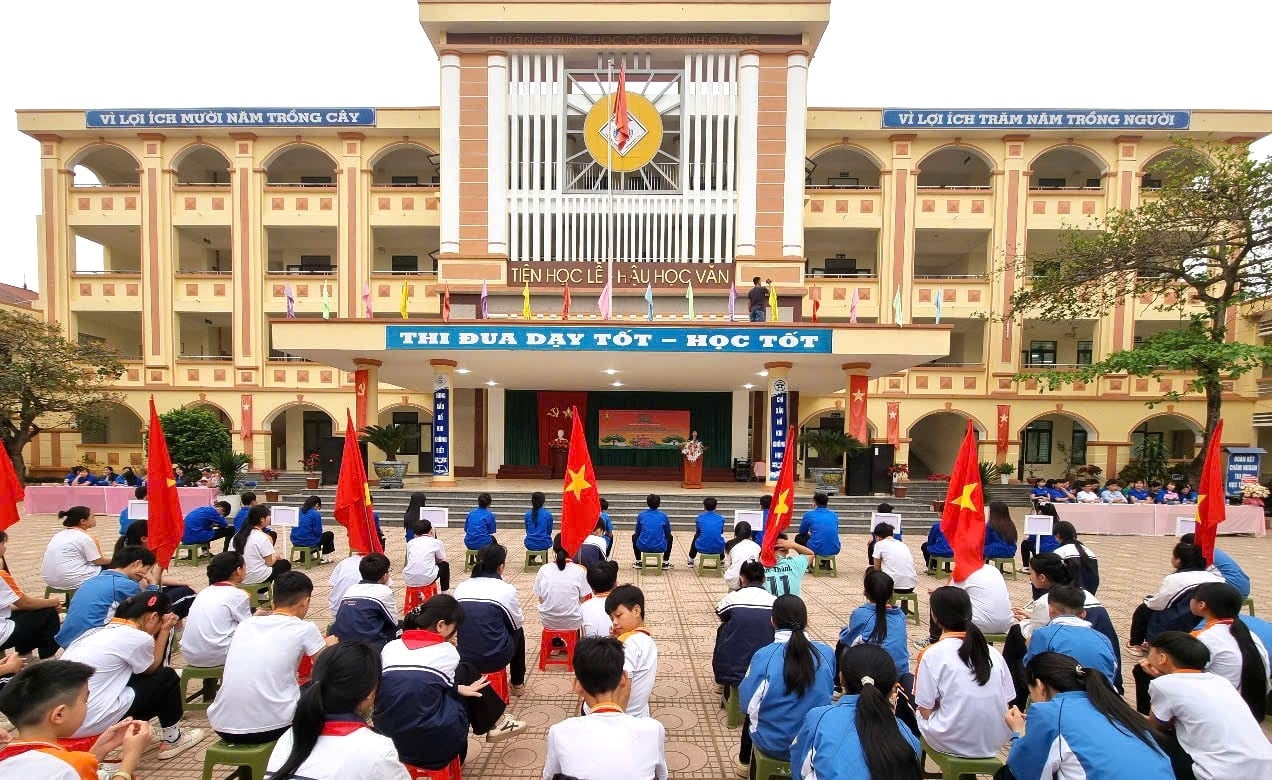
Implementing the Program for the period 2021-2025, the city has allocated 87 projects to Ba Vi district, with a total budget from 2021 to present of VND 1,349,870 million. To date, the city has allocated 86 projects to the district, with a budget of VND 1,326,870 million, and the district's counterpart budget is VND 19,399 million to implement the Program.
Vice Chairman of Ba Vi District People's Committee Nguyen Duc Anh said that from the city's budget support in implementing the Program, the district has deployed the contents and projects with the right purpose and target.
“Thanks to that, the infrastructure has been invested in, supporting production development, diversifying livelihoods, and supporting vocational training for rural workers. This will serve as a lever to promote socio-economic development and improve people's lives, especially in ethnic minority and mountainous communes,” said Mr. Nguyen Duc Anh.
Those who have not had the opportunity to return to An Phu commune (My Duc district) for a long time cannot help but be surprised by the changes in the land of "birds' feet and mountains". The dirt road running through the hills has now been replaced by an asphalt road leading straight to the commune People's Committee headquarters. An Phu commune is the only mountainous ethnic commune located in the southwest of My Duc district, with 13 villages and a population of 10,020 people, of which ethnic minorities account for 57%, mainly Muong people.

Mr. Nguyen Xuan Lap (Thanh Ha village, An Phu commune) said that the greatest joy is that students in the area no longer have to travel dozens of kilometers to go to school, thanks to the newly built schools. “At night, the village roads and alleys are brightly lit. Meetings now have a spacious and beautiful cultural house. Medical examination and treatment no longer require a long journey to the district center…”, Mr. Nguyen Xuan Lap shared.
Vice Chairman of My Duc District People's Committee Dang Van Canh said that the great success of the Program is to gradually narrow the gap between ethnic minority and mountainous communes and rural communes in the district. In particular, the rural transport system has been upgraded and expanded, contributing to promoting economic development. The infrastructure of ethnic minority and mountainous areas has also been significantly improved, contributing to improving the lives of ethnic minority and mountainous people in the area.

Plan No. 253/KH-UBND sets specific goals for ethnic minority and mountainous areas to achieve the following goals by 2025: Average income per capita increases by an average of 20% per year; by 2025, it will basically be equal to the average income in suburban rural areas of the city.
Basically, there are no poor households according to the city's poverty standards; the rate of villages and hamlets recognized and maintaining the title of Cultural Village is 65%. The rate of public schools meeting national standards is 80-85%; 100% of communes in ethnic minority areas meet new rural standards, of which 40% of communes meet advanced new rural standards...
(To be continued)
Source: https://hanoimoi.vn/5-nam-thuc-hien-nghi-quyet-so-88-2019-qh14-cua-quoc-hoi-doi-thay-vung-dong-bao-dan-toc-thieu-so-o-thu-do-700970.html



![[Photo] Top players gather at the 2025 Nhan Dan Newspaper National Table Tennis Championship](https://vphoto.vietnam.vn/thumb/1200x675/vietnam/resource/IMAGE/2025/5/23/9ad5f6f4faf146b08335e5c446edb107)




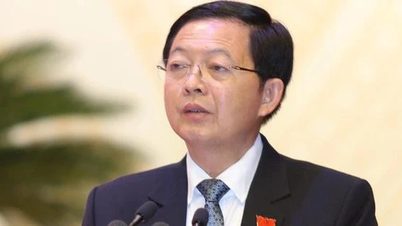

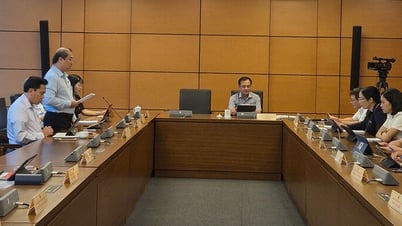

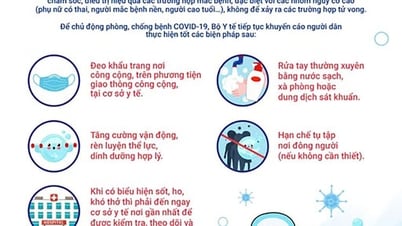
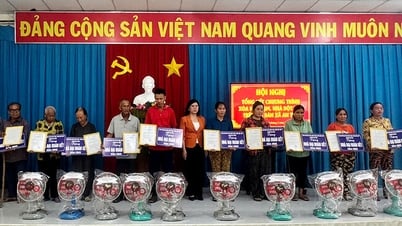
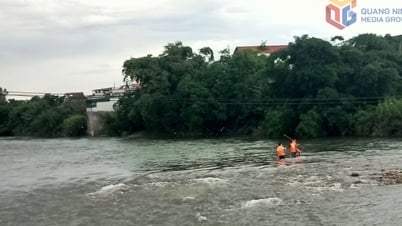







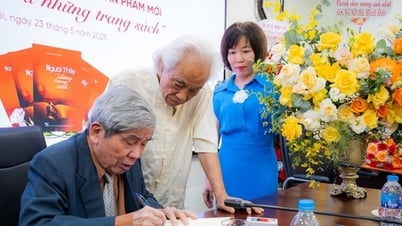
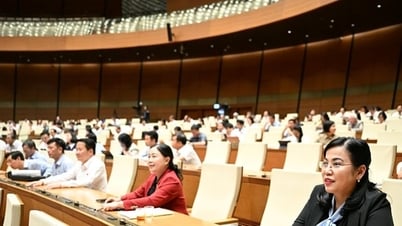
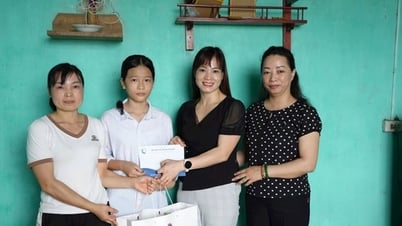
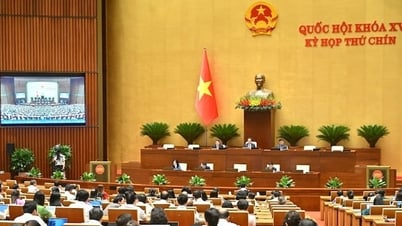
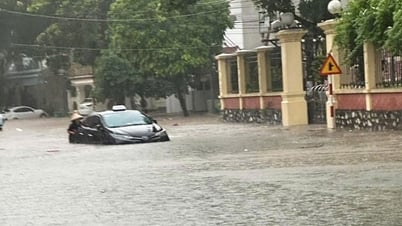
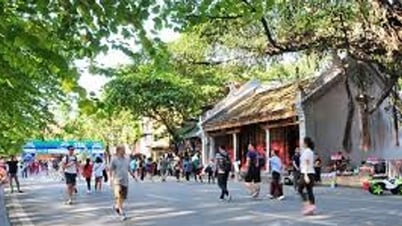















































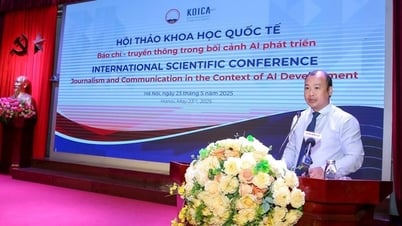











Comment (0)